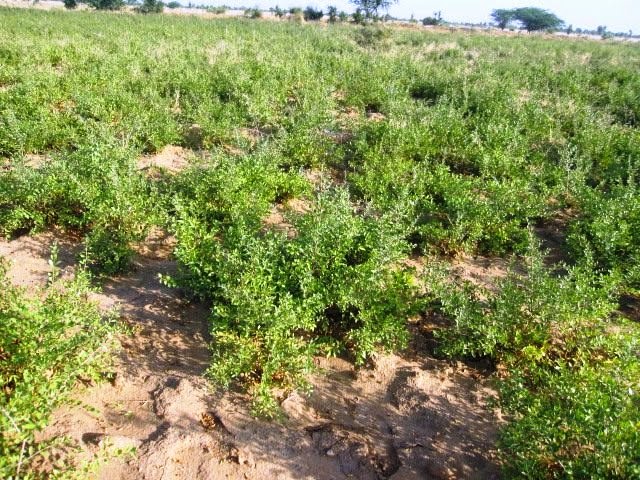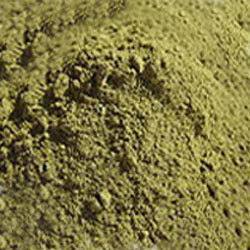Henna Farming Information Guide:
Well, growing Henna at home is easy and simple. Let us look into farming of henna and planting methods.

Introduction to Henna:
Henna (Lawsonia inermis L.), popularly known as Mehndi, has long been used in India and the Middle East countries for coloring palms of hands, soles of feet and fingernails.

It is also used for dying of hairs, beard, and eyebrows, for personal adornment in daily life. Henna is a flowering plant of around 2-6 meter in height native to tropical and subtropical regions of Africa, southern Asia, and northern Australasia in semi-arid zones. In India, depending upon the rainfall and temperature seven climatic regions are there. Eastern areas receive heavy rainfall, western areas are dry, northern areas are very cold while southern areas are tropical. Therefore, growth of henna and its farming is perfect for some regions and impossible in others. Henna grows throughout most of India as it is a major commercial crop cultivated mainly in the northwestern states where the climate is relatively hot and dry. All across India, due to global warming summer highs have increased. In the farming process of henna, farmers prefer hot, arid areas where it is found to be a reliable cash crop.
Areas where Henna is grown in India:
Some areas in India where farming of quality henna is done are Gujarat, Madhya Pradesh, Punjab, and Rajasthan. Henna serve different purposes in these areas like in Gujarat and Punjab henna is mostly sold as hair dye, in Rajasthan it is often popularly used as body art and in Madhya Pradesh, it is harvested for hair coloring and for making perfume oils rather than body art.
Varieties of Henna:
ina and Hajni.
The climatic requirement for growing Henna:
Henna is a Hardy plant. Adapt to wide range of climatic condition ( 20-45 degree centigrade) and it is very much drought tolerant.
Soil requirement for Henna Plantation:
Henna can be grown in a wide range of soils. It thrives very well in a pH range of 4.3 – 8.0.
Seed rate and Propagation of Henna:
Seed rate in henna farming will be around 2.5 kg/acre.
Propagation of Henna:
Propagation in Henna Farming will be done through seeds and cuttings.
Nursery preparation of Henna Plant seedlings:
March to April.
Transplanting in Henna Farming:
3 months old seedling.
Spacing in Henna Farming:
Spacing should be in the main field is – 30 x 30 cm, in the hedge is – 3 meters apart from the field.
Water Supply for Henna Plants:
Water only when the soil becomes dry. Henna prefers a hot climate with long droughts. Let your henna plant’s soil get dry, then give it plenty of water all at once.
- Henna is used to drought/monsoon cycles.
- Do not water it a little bit every day. Henna in constantly moist soil suffers from aphids, root rot, and scale.
Manure for Henna Plants:
It will grow well when organic matters are added to the soil and it needs 6 tonnes of Farm Yard Manure (FYM) per acre.
Harvesting Henna:
Harvesting in Henna Farming can be done twice in a year. April to May and Oct to Nov.

The yield of Henna:
Henna yield can be expected from the second year and it continues to yield for 25 years. High yielding MH-1 and MH-2 varieties (3-3.5 q/ha) with high quality of the dye. High productivity under the irrigated condition the yield would be around 800 kg dry leaves per acre.
Marketing of Henna:
Can transport Henna to Local markets or can have a deal with herbal companies to supply in bulk.
The bottom line of growing Henna:
Henna Farming is very profitable with a low initial investment with minimum care as it survives in extreme conditions like drought and humid conditions.
You may be interested in How to Grow Basil from Cuttings, Seeds.
I am looking for propagation of Henna (Lawsonia Inermis) through stem cuttings. How to prepare the stem cuttings & getting them sprout. And how to prepare the seedling bed, etc… for cultivation through seeds. Thanks.
how and where can i get a hena mehendi plants/cutting for plantation.i am interesting to buy it for farming.please guide me.thanks.
You can get from your local nursery
If I farming in 2 acre land then where I sell it
ಹೆನ್ನ ಸಸಿ ನೆಡುವ ವಿಧಾನ ಮತ್ತು ಮಾರ್ಕೆಟಿಂಗ್ ಬಗ್ಗೆ ತಿಳಿಸಿಕೊಡಿ